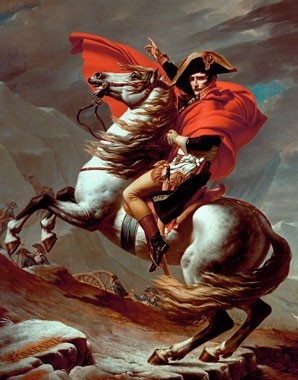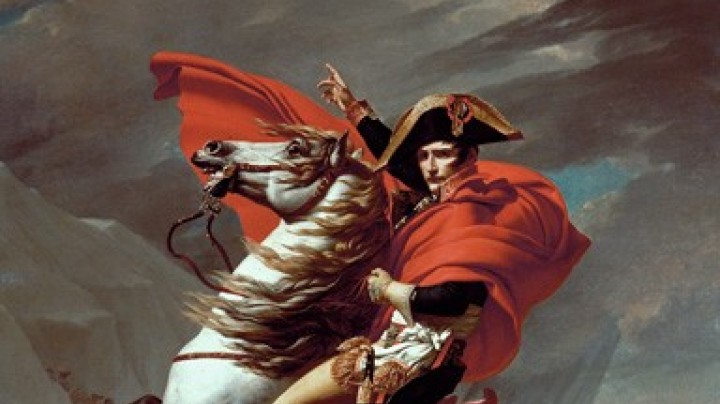Marie Louise – a dutiful daughter sacrificed on the altar of political expediency
Archduchess Maria Ludovica, or Marie Louise as she came to be known in the French version of her name, grew up in turbulent times. The reign of her father, Emperor Franz II (I), was jeopardized by the convulsions in the power structure of Europe in the wake of the French Revolution.
As she grew up, the young archduchess experienced the Habsburg Monarchy in a permanent state of war with France. Brought up on strict Catholic and anti-liberal principles, Maria Louise regarded the revolutionary ideas that were being spread throughout Europe with the French troops as a threat.
Born in Vienna on 12 December 1791, she was the first child of Emperor Franz II (I) and his first wife, Maria Teresia of Naples and Sicily. Maria Louise was a biddable child, the perfect example of a dutiful daughter. She had a rather unremarkable character and possessed no particular talents.
However, in 1809, at the age of eighteen, she was drawn into the maelstrom of international politics when State Chancellor Metternich selected her as a suitable bride for Napoleon. The background to this agreement between Napoleon and the Viennese Court was that the French emperor was keen to establish a dynasty of his own. As his wife Joséphine de Beauharnais was unable to have any more children, he divorced her, the great love of his life, without further ado. He now sought a bride from an old-established ruling house to be the worthy progenitrix of his dynasty. His efforts to obtain the hand of Princess Catherine, the daughter of the Russian tsar, having proved fruitless, he turned his attention to Marie Louise. Her father, Emperor Franz, was at first opposed to the union but for reasons of state sacrificed his first-born child to the schemes of Napoleon and Metternich, who was convinced of the advantages this marriage would bring.
Marie Louise’s future husband Napoleon, to whom she was promised to the horror of the entire family, was in her eyes the devil incarnate, embodying everything that she had been taught to abhor since her childhood. Marie Louise’s maternal grandmother Marie Karoline, a daughter of Maria Theresa, was appalled, since Napoleon’s divorce from his first wife was not recognized by the Catholic Church: ‘The Emperor dares to give his daughter as an adulterous concubine to a man besmirched with all crimes and abominations!’ Maria Karoline resolutely described herself as the Devil’s grandmother, the union having made her the grandmother-by-marriage of the French usurper. Marie Louise herself saw in her marriage ‘a worse agony that all other imaginable ordeals’.














